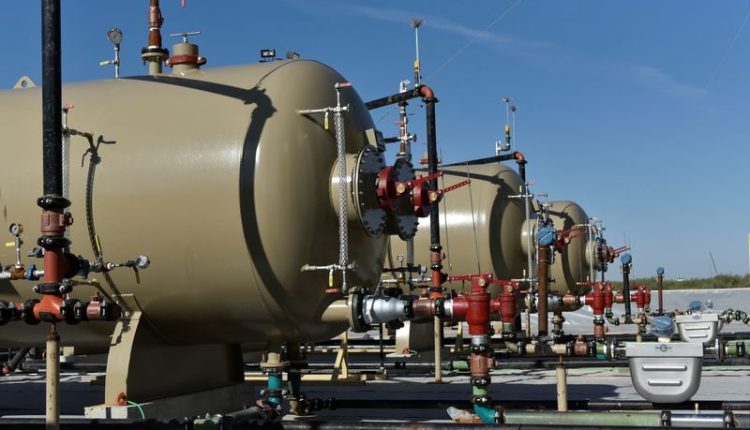© Reuters
Oil prices are projected to reach $100 a barrel in the short term due to recent developments in Saudi Arabia and Russia, according to Citi. The firm adjusted its third- and fourth-quarter oil balance forecasts higher on Monday following last week’s extension of oil output cuts by the two countries until the end of the year. These actions have led oil prices to exceed $90 a barrel for the first time since November 2022.
On Monday, West Texas Intermediate crude (WTI) reached $91.70, its highest level since Nov. 8, 2022, while climbed to $94.78, its highest since Nov. 16, 2022. “Geopolitics could push oil over $100 for a short while,” Edward Morse, Citi’s global head of commodities, said Monday morning.
Morse noted that Saudi Arabia’s readiness to withhold oil from the market, backed by Russia maintaining a certain level of export constraint, suggests higher prices in the short term. However, he also indicated that higher near-term prices could result in more downside next year, with the current $90 price level appearing “unsustainable” due to faster supply growth than demand.
Last week, OPEC issued updated forecasts of solid demand and pointed to a potential 2023 supply deficit if production cuts persist. As Citi revised fourth-quarter balances it also lowered its demand outlook, citing risks globally and in China. Morse referred to Chinese refined product exports as a wildcard, explaining that greater product export quotas provided by the Chinese government might lead refiners to run harder and export more.
Inflation as measured by the Consumer Price Index posted its biggest monthly increase this year in August, rising 5.6%, an increase that included a 10.6% surge in gasoline prices.
Meanwhile, oil prices continued to rally on Monday on the prospect of a tighter market, with U.S. crude futures trading 1.1% higher at $91.03 a barrel, and the Brent contract climbing 0.9% to $94.75. Both contracts were still close to their highest levels since November 2022, having gained over 30% over the past three months due to supply cuts from Saudi Arabia and Russia.
The two countries recently announced that their combined 1.3 million barrels per day cuts will extend until the end of the year, potentially pushing the market into a 2 million barrels per day deficit in the fourth quarter.
Market events this week include several key central bank meetings, headlined by a two-day Federal Reserve get-together, finishing on Wednesday. The U.S. central bank is widely expected to keep interest rates on hold but maintain its hawkish outlook, especially after a recent upswing in inflation. Traders are concerned that higher U.S. interest rates could place more pressure on the U.S. economy and possibly dampen its appetite for oil.
Other central bank meetings this week include the Bank of England, which is expected to hike interest rates again on Thursday, and the Bank of Japan which might move away from the massive monetary stimulus of the past decade. The European Central Bank raised its key deposit rate to a record high of 4% last week but also signaled that its 10th straight hike was likely to be its last as it downgraded its growth forecasts.
This article was generated with the support of AI and reviewed by an editor. For more information see our T&C.
Read the full article here

